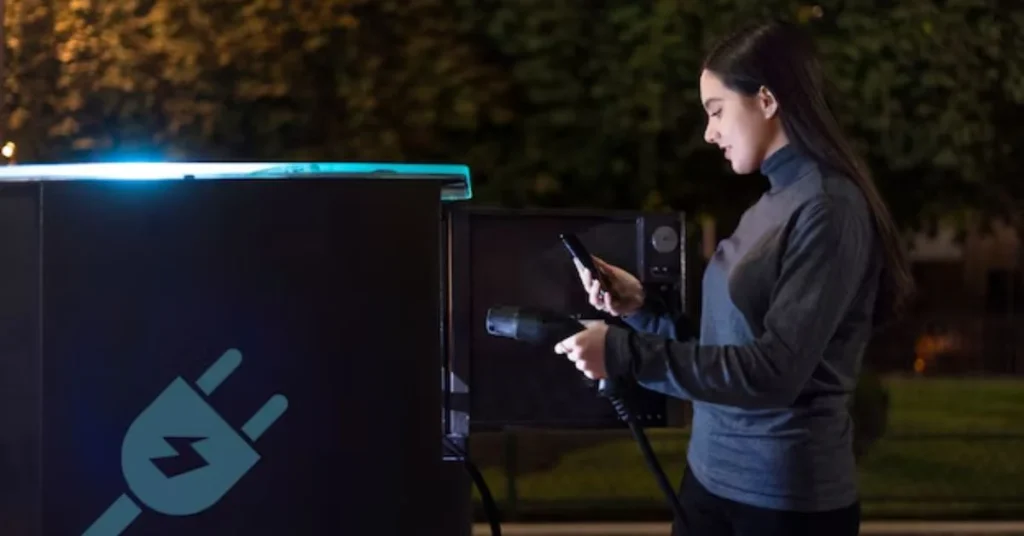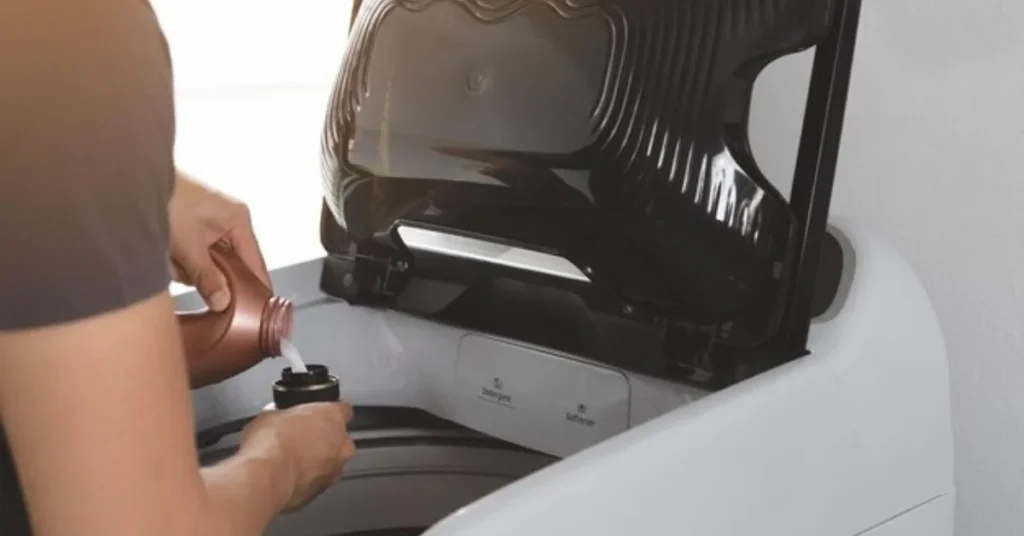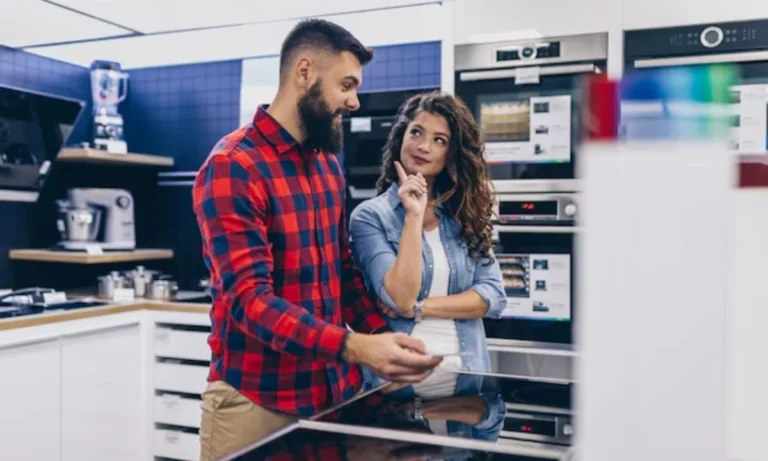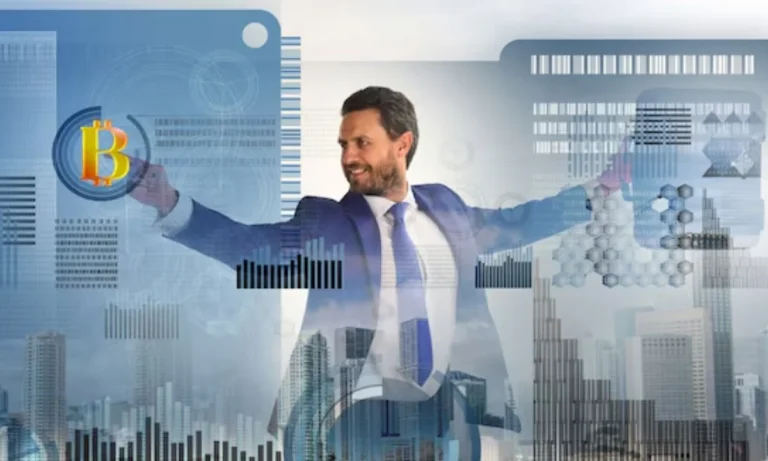
Electric vehicles (EVs) like Tesla are fantastic for the environment and convenient for daily travel, but they can put a strain on your home’s electrical system. If you’re finding that My Appliances Tripping When Charging Tesla, you’re not alone. This issue can be confusing and frustrating, especially if you’re unsure what’s causing it or how to fix it.
In this guide, we’ll explain the common reasons behind this problem, provide simple steps for troubleshooting, and offer solutions to help keep My Appliances Tripping When Charging Tesla without any interruptions to your household appliances.
Understanding Why My Appliances Trip Charging a Tesla
What Causes Tripping?
Appliances in your home are tripping when charging your Tesla because of an overload on your electrical circuit. EV chargers, like the Tesla Wall Connector, can draw a high amount of electricity, especially if you’re using Level 2 charging. When combined with other appliances in use, it’s easy to exceed the capacity of your home’s electrical system, causing circuit breakers to trip.
Must read Who Makes Criterion Appliances? A Comprehensive Guide
Here’s a breakdown of why this happens:
- High Power Demand from Tesla Chargers: Charging a Tesla can require up to 48 amps for a Level 2 charger, which is a significant load.
- Shared Circuit Overload: If your Tesla charger is on the same circuit as other appliances, like a washing machine or air conditioner, this can lead to an overload.
- Insufficient Electrical Panel Capacity: Older homes may have electrical panels that can’t handle the additional load from an EV charger.
- Faulty or Outdated Wiring: Worn-out or outdated wiring can increase the likelihood of tripping, especially when the wiring cannot handle high power demand.
How to Troubleshoot Appliances Tripping While Charging Tesla
If your appliances are tripping when charging your Tesla, don’t worry—there are several steps you can take to troubleshoot and fix the issue. Here’s what to do:
1. Check Your Electrical Panel Capacity
First, confirm that your home’s electrical panel has the necessary capacity to handle both your Tesla charger and your regular appliances. If your electrical panel has a lower capacity, this can be a leading cause of tripping.
- Solution: Consider upgrading your electrical panel to a higher amp service, which provides more room for heavy power loads. An electrician can help assess your needs and make recommendations.
2. Move the Charger to a Dedicated Circuit
If your Tesla charger is on a shared circuit with other My Appliances Tripping When Charging Tesla, this can cause frequent tripping.
- Solution: Ask a certified electrician to install a dedicated circuit for your EV charger. This way, the Tesla charger won’t compete with other appliances for power, reducing the chance of overload.

3. Lower the Charging Speed
Tesla allows you to adjust the charging speed directly from the in-car settings. By reducing the speed, your Tesla draws less power, which may prevent appliances from tripping.
- Solution: Set your Tesla to charge at a slower rate (such as 16 amps instead of 32 or 48 amps). While this will take longer to charge, it will reduce the load on your electrical system.
4. Avoid Using Heavy Appliances During Charging
Running high-power appliances like dishwashers, dryers, and ovens while charging your Tesla can overload your system.
- Solution: Try charging your Tesla at night or when other appliances aren’t in use. This simple change can prevent circuit tripping by reducing concurrent power demand.
5. Inspect Your Wiring and Breakers
Old or faulty wiring and worn-out breakers can make your system more vulnerable to tripping.
- Solution: Have an electrician inspect your wiring, outlets, and breakers. Replacing worn parts and upgrading old wiring may resolve the problem and increase the safety of your system.
Common Reasons for Circuit Breaker Tripping
To understand better why my appliances tripping when charging Tesla, it helps to know common reasons for circuit breakers to trip in general:
- Overloaded Circuits: Too many devices running on one circuit.
- Short Circuits: Worn or damaged wiring can create a short, causing the breaker to trip.
- Ground Faults: Ground faults occur when electricity flows outside the intended circuit, which can be dangerous.
- Breaker Sensitivity: Some breakers are more sensitive and may trip prematurely if they detect even minor faults.
Knowing these causes can help you identify which ones might be contributing to the issues with your Tesla charging setup.

Solutions to Prevent Future Tripping
If my appliances tripping when charging Tesla, there are several preventive solutions that can help. First, consider installing a smart EV charger. These chargers manage energy loads dynamically, adjusting the charging rate based on your home’s current power usage. By reducing the load when other appliances are running, smart chargers help prevent overloading circuits and reduce the chance of tripping.
Another effective solution is to upgrade to a higher-amp electrical service panel. Many homes have 100-amp panels, which can struggle to handle the additional load from an EV charger alongside regular household appliances. Upgrading to a 200-amp or even higher panel provides extra capacity, ensuring your system can handle the demands of charging without interrupting other devices. This added capacity not only reduces tripping but also prepares your home for future expansions, like adding solar panels or additional EVs. Consulting a licensed electrician for these upgrades is essential to ensure safety and optimal performance.
Install a Smart EV Charger
Smart EV chargers are designed to balance energy loads across circuits, allowing for safer charging. These chargers can monitor power consumption in real time and adjust accordingly.
Upgrade to a High-Amp Service Panel
Most homes have 100-amp service panels, but for high-demand households or EV owners, upgrading to a 200-amp service panel is recommended. This provides more capacity and room for future growth.
Use a Surge Protector
Installing a surge protector in your home can help prevent sudden power spikes from impacting your appliances when charging your Tesla.
Conclusion
If my appliances tripping when charging Tesla, it’s usually due to the high power demand of the EV charger. Addressing this issue may require a few adjustments, like reducing the charging speed, upgrading your panel, or moving the charger to a dedicated circuit. By following these steps and consulting a professional electrician as needed, you can enjoy uninterrupted charging while protecting your household appliances.
By following these troubleshooting steps and understanding why circuit breakers trip, My Appliances Tripping When Charging Tesla so can avoid the frustration of disrupted charging sessions. EVs are a great step toward sustainable transportation, and with a few adjustments, you can ensure that your Tesla charges smoothly without interfering with the rest of your home.
For further reading, check out resources from the Department of Energy on EV Charging and Tesla’s Support Guide for installing a home charger.

FAQs About My Appliances Tripping When Charging Tesla
Why does my Tesla charger keep tripping the breaker?
Your Tesla charger could be tripping the breaker due to an overload, shared circuit, or an insufficiently rated breaker. Try using a dedicated circuit or lowering the charging speed.
Can I charge my Tesla with other appliances running?
Yes, but if multiple high-powered appliances are running, it’s best to avoid simultaneous use to prevent overloading the circuit.
How much electricity does a Tesla charger use?
A Tesla Level 2 charger typically draws 32 to 48 amps. At full charge, it uses about as much power as several household appliances running at once.
Should I upgrade my electrical panel for charging my Tesla?
If your current panel is limited (e.g., 100 amps), upgrading to a 200-amp service can help accommodate the EV charger and other home needs.
How can I prevent my Tesla from tripping the breaker?
Using a dedicated circuit, lowering the charging rate, and charging during off-peak appliance usage can help reduce the risk of tripping.







